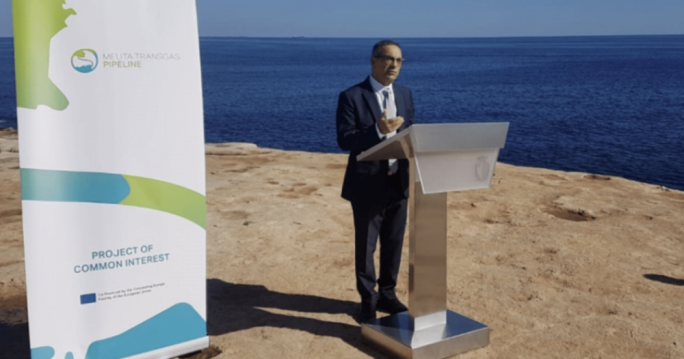
Editorial | Malta’s economic heart beat: tourism
Public cleansing is another aspect which he believes must be strengthened after years of 'taking it for granted'

The latest results showing that inbound tourism had hit three million visitors is more than simply significant and good news. Match that with 20.2 million tourist nights - an increase over 2019 - and then we are left with a spending figure of €2.7 billion up from €2.2 billion in 2019. The figures reveal a potential that is far underestimated. And it would be even higher, if we were more competitive and more authentic.
There is a feeling that the sky is the limit and that we should continue to grow. But even tourism minister Clayton Bartolo, speaking on Xtra on TVM this week, admitted that growth need not be linked to numbers but also to quality and spending.
In 2023 we saw that every tourist was spending €132 per day, up from 2019 which stood at €112.
In a press conference on Monday, details on the country’s best tourism year were broken down by the Malta Tourism Authority’s (MTA) Chief Officer for Strategic Development and Deputy CEO, Leslie Vella.
Vella explained that while the best performing year for tourism was 2019, which attracted some 2.77 million tourists, 2023 saw over 3 million tourists reaching the islands, reflecting an 8.3% increase when compared to 2019.
When compared to Europe as a whole, Malta’s tourism growth trumps the European recovery, which stood at 94% of its 2019 levels. In fact the only country to surpass Malta’s growth in 2023 was Albania, which is a relative newcomer to the tourism industry.
When it comes to the top tourism markets, Italy has surpassed the UK for the first time. Italian tourists amounted to 18.4% of all tourists that came to Malta, while British tourists comprised 18.1%. Vella noted that this might be due to the fact that the UK’s market has not yet recovered. Clearly low cost airline connectivity had a lot to do with this.
Meanwhile, France, Germany, Poland and Spain are the remaining top markets, making up 9.6%, 7.3%, 5.6%, 3.8% respectively.
With regards to seasonality, the second and third quarter of the year are still the most popular seasons for tourism. Vella said the summer months are no longer the sole period when the majority of Malta’s tourism takes place.
The largest share of tourists are aged between 25 and 44 years old, with these travellers make up 39% of all 2023 tourists. Second to them are those aged between 45 and 64 years old at 30%.
Vella highlighted that, in 2023, tourists spent a total of €2.7 billion in Malta. This translates to €898 spent per capita.
In his address, tourism minister Clayton Bartolo boasted that Malta managed to recover and surpass pre-pandemic levels in less than three years.
Bartolo described the diversification of Malta’s tourist markets as one of the most important achievements announced on Monday. He underlined that while the UK was once responsible for more than 80% of Malta’s tourism, the largest market now stands at less than 20% of all tourists. The minister commended the efforts aimed at widening tourists’ motivations to visit Malta.
Bartolo said that Malta will shift its focus to attracting high-quality tourists by enhancing the country's offers.
He said that government will further strengthen its tourism resources, among others by introducing a skills card for restaurant and hotel owners.
Public cleansing is another aspect which he believes must be strengthened after years of “taking it for granted.”
Bartolo noted that the future of Malta’s tourism lies in long-haul tourists, as he described air connectivity as the country's lifeline in delivering this.



